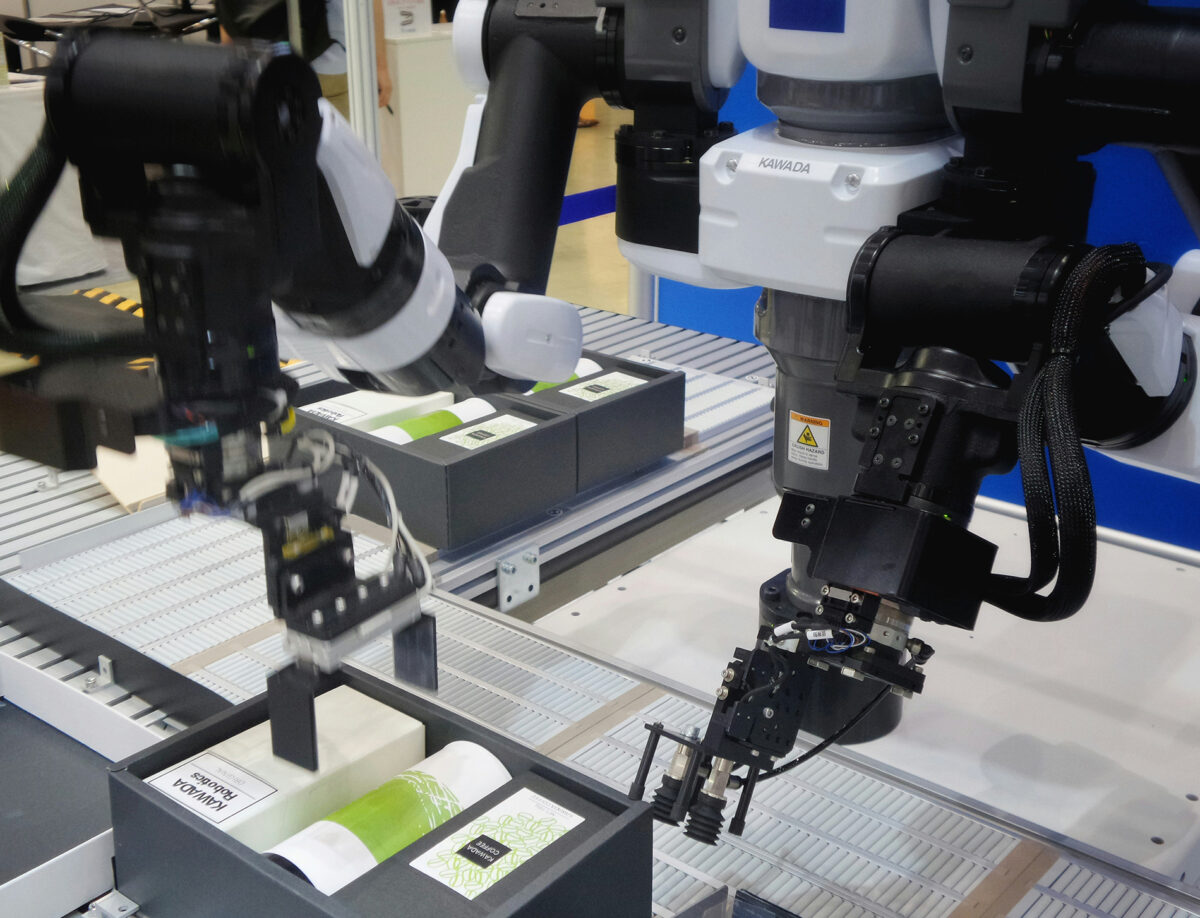
What Is Total Cost of Ownership (TCO)?
Total Cost of Ownership (TCO) is a financial indicator that measures the overall cost of a product or service over its entire lifecycle. It takes into account not only the initial purchase price but also all direct and indirect costs associated with its use, maintenance, and end of life.
The Three Main Categories of TCO Costs
TCO goes beyond the initial purchase price of a product or service. It encompasses all costs related to its acquisition, operation, and end of life. A thorough TCO analysis helps evaluate these three main categories to optimize investment decisions.
Acquisition Costs
The first component of TCO is the initial investment required to acquire a product or service. Acquisition costs include not only the initial purchase price but also several additional fees.
For example, when purchasing IT equipment or industrial machinery, one must also account for delivery and installation fees. These often-underestimated expenses can represent a significant portion of the total budget. Additionally, user training is essential to ensure optimal use of the product and prevent costly errors.
Operating and Maintenance Costs
Once the product or equipment is in use, it generates operating costs that can heavily impact a company’s budget. These include preventive and corrective maintenance expenses.
Equipment requires regular servicing to function properly and avoid breakdowns that could lead to costly repairs. Moreover, some solutions, especially in IT, need frequent updates that may involve licensing or technical support costs.
Another key element of TCO is energy consumption. Energy-inefficient equipment can lead to high operating expenses, significantly increasing its real long-term cost.
End-of-Life Costs
Every product or piece of equipment has a limited lifespan. When it reaches the end of its use, additional costs arise. It is therefore crucial to include these end-of-life costs in the TCO calculation.
First, one must consider depreciation and the asset’s residual value. Some equipment retains market value and can be resold, while others become obsolete and lose all economic value.
Next, recycling or disposal costs must be anticipated. Depending on the nature of the asset, specific regulations may require more or less costly waste treatment procedures.
Finally, when equipment reaches end of life, one must plan for replacement or migration to a new solution. This can incur transition expenses, such as installing new equipment or training staff on new technology.
Why Is Evaluating TCO Crucial?
Relying solely on the initial purchase price can lead to suboptimal decisions. A product or equipment that is cheaper to buy might incur high hidden costs in maintenance, energy consumption, or frequent breakdowns. Evaluating the total cost helps identify these invisible expenses and select the best long-term option.
How to Calculate and Optimize TCO
Identify All Associated Costs
An effective TCO calculation begins with a detailed analysis of acquisition, operation, and end-of-life costs. For instance, in IT equipment, a software’s TCO includes not only its purchase price but also licensing, maintenance, updates, and technical support fees.
Compare Options Over the Entire Lifecycle
The lifecycle cost approach allows you to compare multiple options by considering their total ownership cost. For example, in a vehicle fleet, a low-cost car might turn out more expensive over five years due to fuel consumption and maintenance frequency.
Use the Right Analytical Tools
Using specialized tools helps optimize TCO. Solutions like the Gartner TCO methodology or other assessment approaches provide a clear view of all expenses associated with each investment.
Optimize Purchasing Sourcing
Working with experts in procurement sourcing allows for selecting suppliers that offer better long-term cost-benefit ratios. A sound procurement strategy considers overall profitability rather than just the purchase price.
Adopt a TCO Approach to Support Strategic Decisions
Total Cost of Ownership is a key tool for plant managers, operational excellence leaders, and business owners seeking to optimize their investments. Considering the total cost of ownership helps avoid hidden expenses and improve long-term operational profitability.
By integrating TCO analysis into your purchasing decisions and optimizing your procurement sourcing, you can reduce unnecessary costs and maximize your return on investment.



